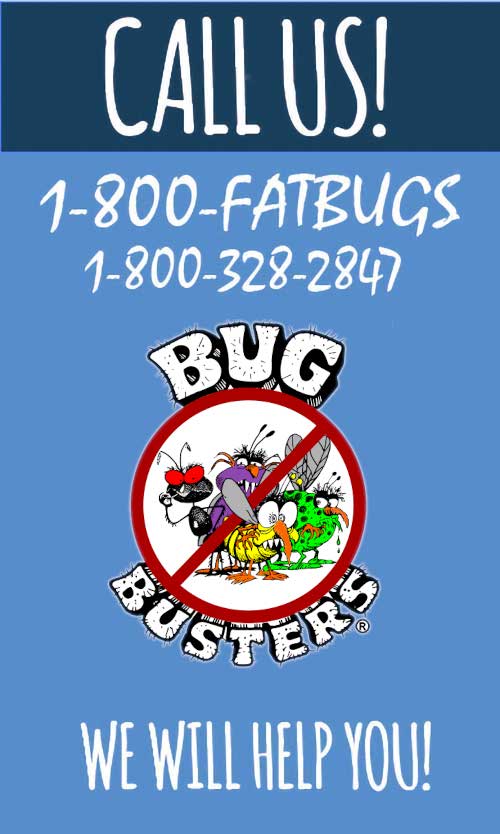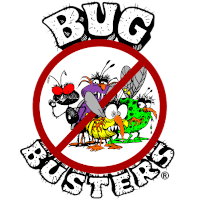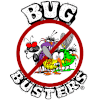
To schedule a Termite Treatment
Call Us Today!
Bug Busters has been serving the Pacific Northwest since 1987. We are your Termite Treatment experts! We look forward to being of service to you !
If you have any additional questions that are not addressed within the text below: please contact us directly at 503-538-3992 or toll-free at 800-328-2847 or leave us your e-mail address using form below and we will reach you.
Termites
The fact is, termites infest more than 600,000 homes each and every year, causing more damage than fires, storms or earthquakes — an estimated $2 billion in the United States alone. How can you make sure your home doesn’t become a statistic? By being proactive and establishing an ongoing maintenance program with a professional pest management provider.
Owing to their wood-eating habits, many termite species can do great damage to unprotected buildings and other wooden structures. Their habit of remaining concealed often results in their presence being undetected until the timbers are severely damaged and exhibit surface changes. Once termites have entered a building, they do not limit themselves to wood; they also damage paper, cloth, carpets, and other cellulosic materials. Particles taken from soft plastics, plaster, rubber, and sealants such as silicone rubber and acrylics are often employed in construction.
Humans have moved many wood-eating species between continents, but have also caused drastic population decline in others through habitat loss and pesticide application.
Precautions
Avoid contact of susceptible timber with ground by using termite-resistant concrete, steel, or masonry foundation with appropriate barriers. Even so, termites are able to bridge these with shelter tubes, and it has been known for termites to chew through piping made of soft plastics and even some metals, such as lead, to exploit moisture. In general, new buildings should be constructed with embedded physical termite barriers so that there are no easy means for termites to gain concealed entry. While barriers of poisoned soil, so-called termite pre-treatment, have been in general use since the 1970s, it is preferable that these be used only for existing buildings without effective physical barriers.
The intent of termite barriers (whether physical, poisoned soil, or some of the new poisoned plastics) is to prevent the termites from gaining unseen access to structures. In most instances, termites attempting to enter a barriered building will be forced into the less favourable approach of building shelter tubes up the outside walls; thus, they can be clearly visible both to the building occupants and a range of predators.
Timber Pre-Treatment
Use of timber that is naturally resistant to termites such as Syncarpia glomulifera (Turpentine Tree), Tectona grandis (Teak), Callitris glaucophylla (White Cypress), or one of the sequoias. Note that there is no tree species whose every individual tree yields only timbers that are immune to termite damage, so that even with well-known termite-resistant timber types, there will occasionally be pieces that are attacked.

